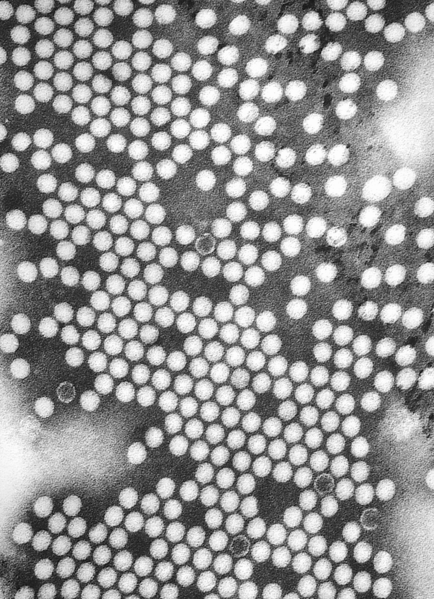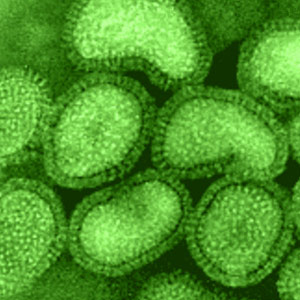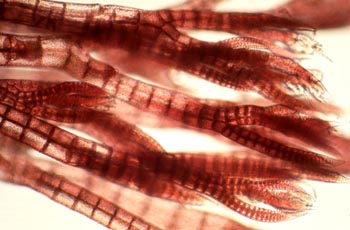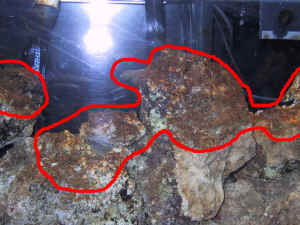PROTOZOA:These are single celled eukaryotic organisms consisting of membrane bound organelles (nuclei, mitochondria, Golgi complexes and Food vacuoles) within a cytosolic matrix. CYTOPLASM OF PROTOZOA
CYTOPLASM OF PROTOZOACLASS 1: Gregarinida.
CLASS 2: Rhizopoda.
* Order 1: Monera.
* Order 2: Amoebea.
* Order 3: Foraminifera.
* Order 4: Radiolaria.
* Order 5: Spongida
CLASS 3: Infusoria.
GREGARINIDA:
It may be defined as parasitic protozoa which is devoid of mouth and do not possess the power of emiiting pseudopodia.

RHIZOPODA:
They are distinguished by their pseudopods (simple or branched) by means of which they move about and take their food.

* MONERA:
Monera are bacteria and mostly single celled organisms whose genetic material is loose in the cell.

* FORAMINIFERA:
It is a large group of amoeboid protists with reticulating pseudopods, fine threads of cytoplasm that branch and merge to form a dynamic net. They typically produce a shell made of calcium carbonate.

* RADIOLARIA:
It is amoeboid protozoa that produce intricate mineral skeletons typically with a central capsule dividing the cell into endoplasm and ectoplasm. They have needle like pseudopodia supported by bundles of micro tubules.

* INFUSORIA:
These are minute aquatic creatures like ciliates, euglenoids, protozoa and unicellular algae that exist in fresh water ponds.

SYSTEM TYPE OF PROTOZOA:
* A protozoa takes in food via water or stores the food in vacuoles. They eat algae and bacteria.
* A protozoa reproduces by splitting in half. This is called fission.
* A protozoa is usually asymmetrical.
* A protozoa is pale in color.
* A protozoa has no brain so they have a very low level reaction to the world around it.
* A protozoa has no inner or outer skeleton e.g. amoeba has a false foot that extends as it moves.
* A protozoa excretes water through vacuoles.
Below I am going to discuss some of the most important protozoas:
* ENTAMOEBA hISTOLYTICA:
It is an anaerobic protozoan associated with intestinal infection. It can infect humans and other animals. It consists of single nucleus containing a small central karyosome. It causes amebiasis. Entamoeba histolytica is transmitted through mouth by the ingestionof mature cyst through contaminated food and water. It moves through pseudopodia. It reproduces by binary fission. Amebiasis can be treated with Paromomycin and Diloxanide furoate. For intestinal disease or extra intestinal infection e.g. hepatic abscess, the drugs of choice are Metronidazole or Tinidazole followed by Paromomycin and Diloxanide furoate.

* GIARDIA LAMBLIA:
It is a flagellated protozoan that reproduces in small intestine and causes giardiasis (diarrheal condition). It has two nuclei and eight flagella. It reproduces by binary fission. It infects humans but it is also one of the most common parasite infecting cats and dogs. Giardiasis can be treated with Metronidazole, Tinidazole and Albendazole.

* PLASMODIUM KNOWLESI:
It is a malarial parasite infecting humans either naturally or artificially. It causes malaria . It has four modes of transmission which are as follows:
* From infected monkey to another monkey.
* From an infected monkey to human.
* From an infected human to another human.
* From an infected human back to monkey.
Malaria can be treated with Chloroquine and Primaquine.

* BALANTIDIUM COLI:
It is a parasitic species of ciliate protozoan that causes the disease Balantidiasis. It has two nuclei and reproduce by binary fission, conjugation, autogamy and cytogamy. It has two contractile vacuoles. It has a unique osmoregulatory capacity. Balantidiasis can be treated with Tetracycline and Diiodohydroxyquine.












































